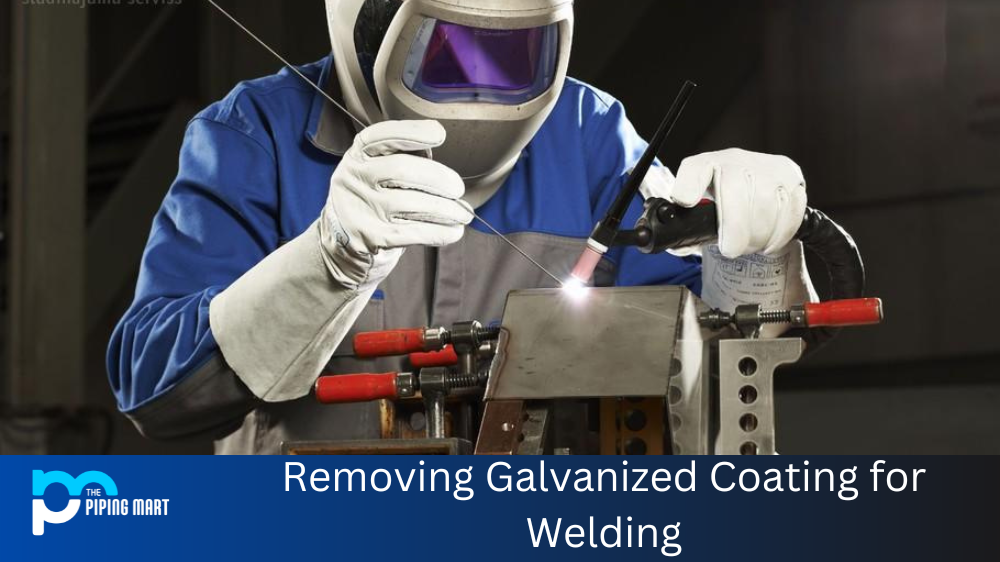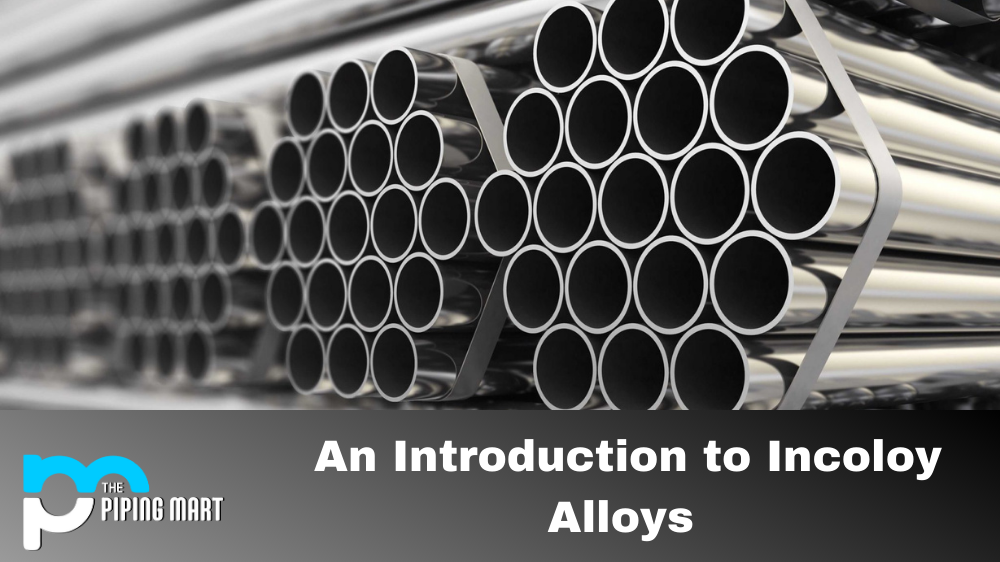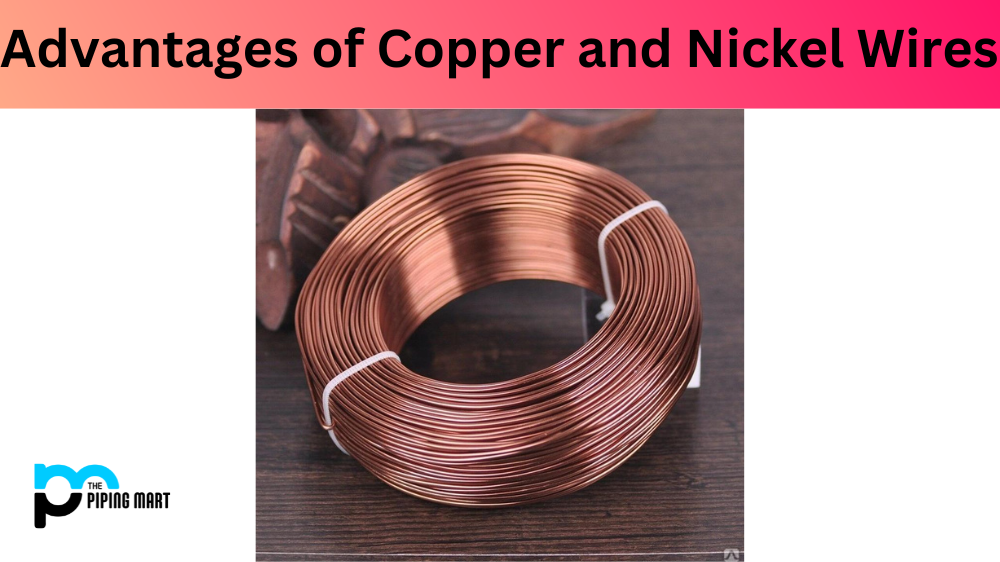Anodizing aluminum is a process that increases the durability, conductivity and corrosion resistance of aluminium. It involves using electrolytic baths to create a thin oxide layer on the surface of the metal. This layer helps protect the metal from scratches, wear, or other damage. Anodizing might be the perfect solution if you’re looking for an easy, cost-effective way to strengthen your aluminum products. Let’s take a closer look at what anodizing is and how it works.
What is Anodizing?
Anodizing is an electrochemical process that alters the surface of metals such as aluminium or titanium. During the process, the surface of the metal is immersed in an electrolyte bath containing sulfuric acid. A direct current voltage is then applied between two electrodes within the bath; one electrode is typically made of stainless steel, while the other is usually made of titanium or lead-tin alloy material.
When an electric current passes through this system, an oxide layer forms on the metal’s surface; this layer can range anywhere from 0.1 to 25 micrometres in thickness, and its colour depends on several factors such as temperature, concentration level and current density applied during processing. The thickness of this layer affects how well it protects against corrosion and wear and tear over time.
Benefits of Anodizing Aluminum
Anodized aluminum has many benefits, including improved strength and durability compared to untreated aluminum surfaces due to its thicker protective coating. Additionally, because it does not contain any volatile organic compounds (VOCs), it has environmental and economic benefits since it reduces costs associated with pre-treating metals before painting or powder coating them. Lastly, it also provides aesthetic appeal since it can be dyed in numerous colours depending on the type of dye used during processing (e.g., cobalt chloride).
With all these benefits in mind, let’s take a look at some tips for successful anodization processes:
Tips For Successful Anodizing Processes
Prepare Your Metal Properly –
Before beginning your anodization process, make sure your metal has been properly cleaned and degreased using appropriate solvents or detergents so that no contaminants remain on its surface before immersion into the electrolyte bath; this will ensure maximum adhesion between your metal’s surface and its new protective coating once complete! You should also consider using galvanized steel or stainless steel materials when possible since they are less prone to rusting than untreated metals, potentially contaminating your electrolyte bath over time, thus affecting overall results negatively!
Adjust Your Voltage Levels –
Different metals require different voltage levels for proper anoding; for example, if you’re working with aluminum then you should set your voltage level between 15 – 30 volts, whereas if you’re working with titanium, then you should set your voltage level between 40 – 60 volts depending on thickness desired etc. Once again, this will ensure maximum adhesion between your metal’s surface & its new protective coating once complete!
Monitor Your Temperature Levels –
Make sure you monitor temperature levels throughout processing, especially if using sulfuric acid-based electrolytes since they tend to heat up quickly & need constant cooling down; otherwise, they can cause serious damage/injury if left unattended too long! Always use gloves & safety goggles when handling these materials, just in case!
Conclusion:
Anodizing aluminium is a great way to increase its strength and durability without sacrificing quality or aesthetics. By preparing your metals correctly before immersing them into their respective electrolyte baths, adjusting voltage levels based on their type/thickness desired & monitoring temperature levels throughout processing – you can ensure successful results every time! With these tips in mind, hopefully, now you have all information necessary for successful anoding processes! Good luck & happy crafting!

Abhishek is a seasoned blogger and industry expert, sharing his insights and knowledge on various topics. With his research, Abhishek offers valuable insights and tips for professionals and enthusiasts. Follow him for expert advice on the latest trends and developments in the metal industry.




